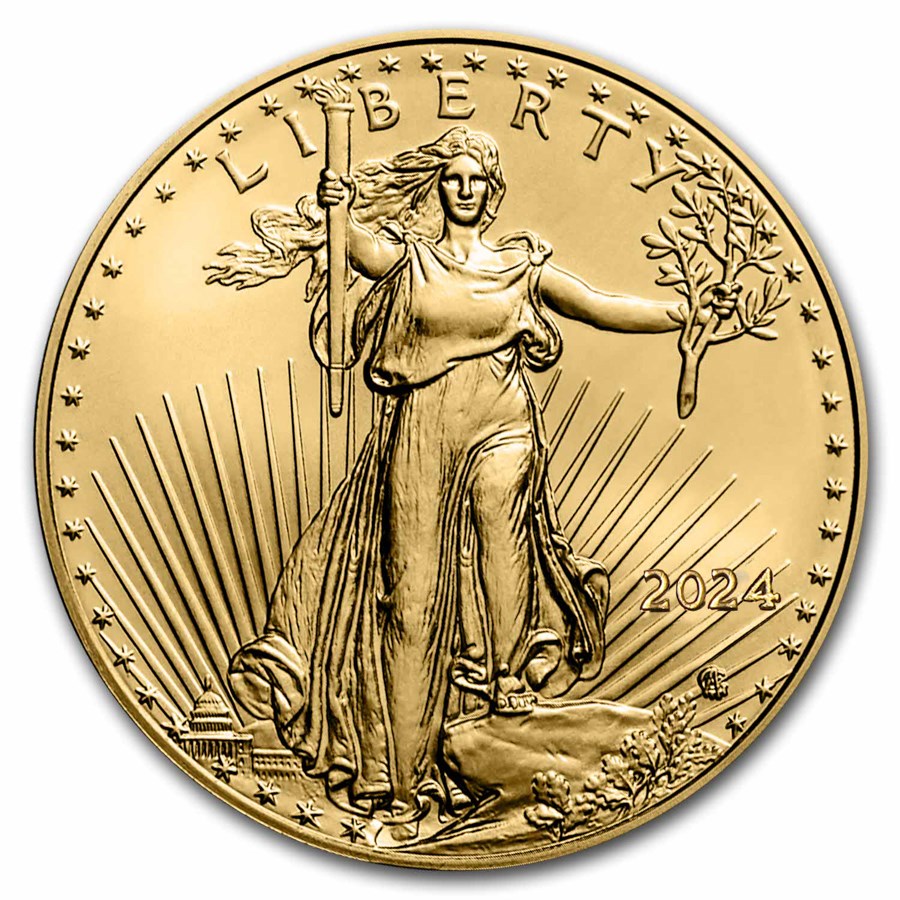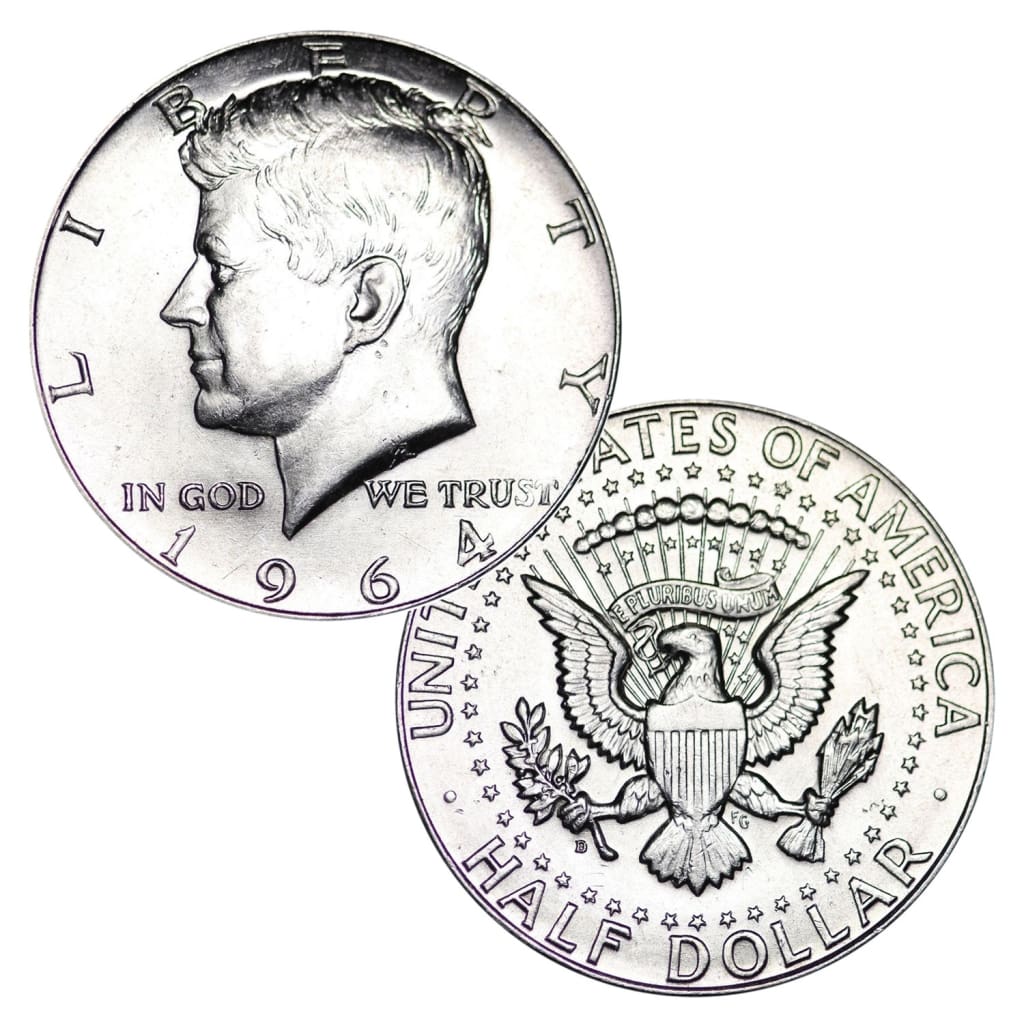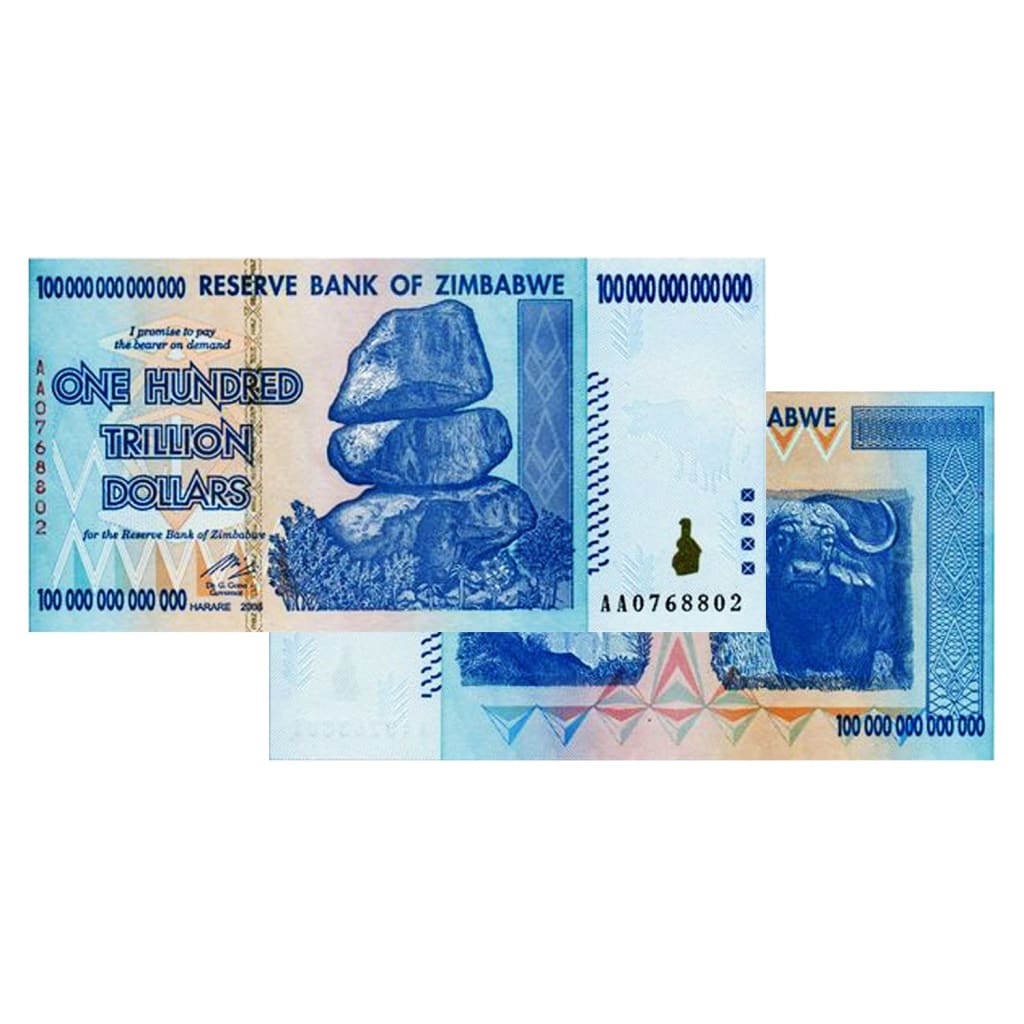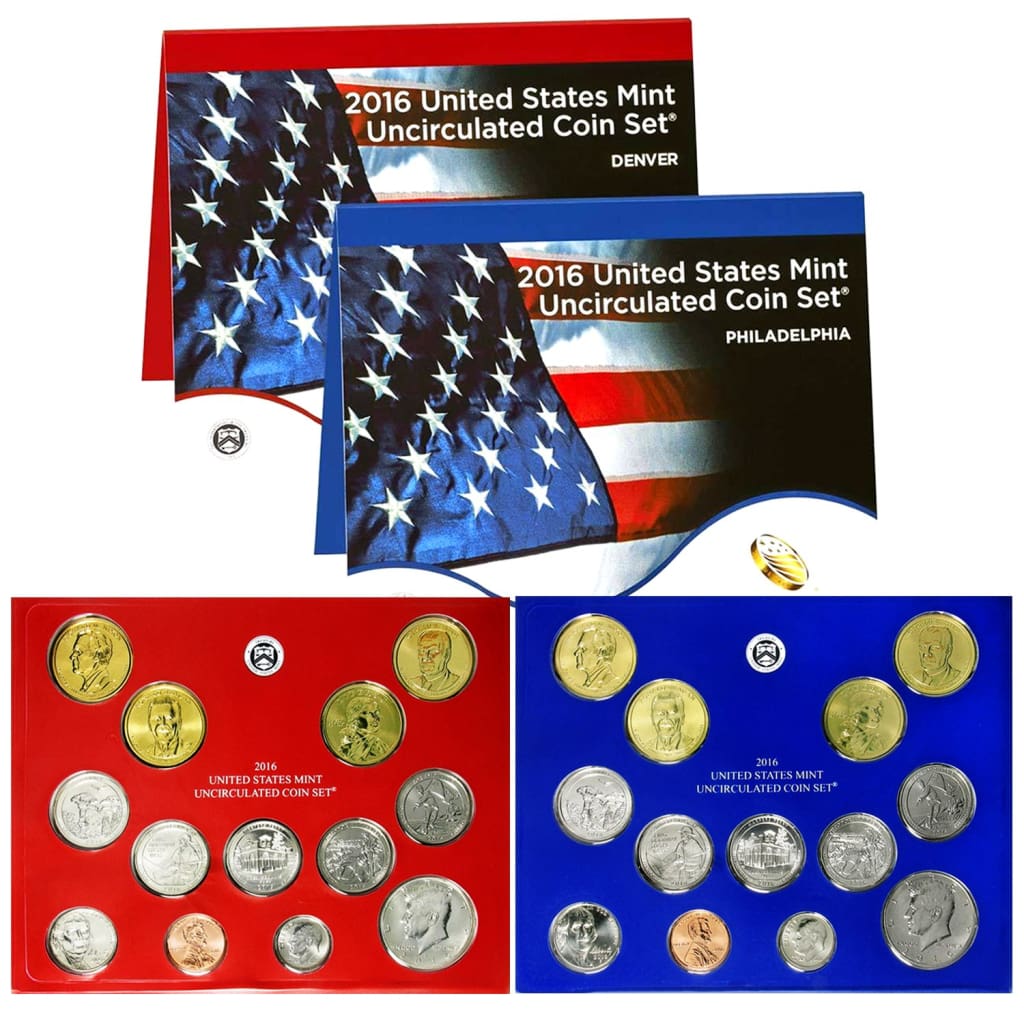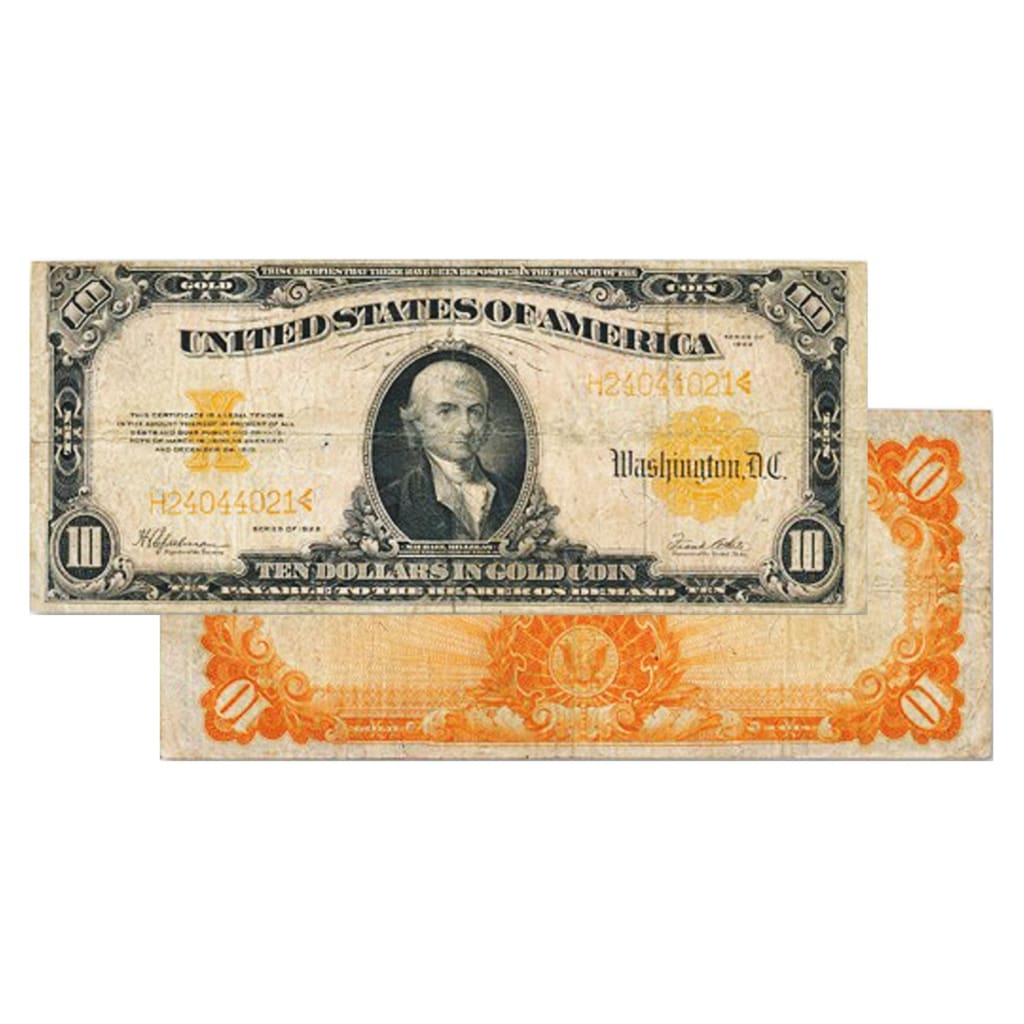Spot Price vs. Premium: What You Really Pay for Precious Metals
When buying gold, silver, or other precious metals, you’ll often hear about the spot price—but what you actually pay is usually more. That extra amount is called the premium, and understanding the relationship between the spot price and premium is critical for making smart investment decisions.
This guide breaks down how the spot price is determined, what a premium is, and why those numbers matter to buyers and sellers.
What Is the Spot Price?
The spot price refers to the current market price of a precious metal for immediate delivery. It’s quoted per troy ounce and is constantly changing due to global supply and demand.
Spot prices are influenced by:
-
Futures market trading (especially COMEX and LBMA)
-
Global economic indicators (inflation, interest rates, currency values)
-
Central bank activity and geopolitical risk
-
Industrial demand (especially for silver and platinum)
For example, if the spot price of gold is $2,000 per troy ounce, that’s the base price before any premiums are added.
What Is a Premium?
The premium is the amount charged over the spot price to cover:
-
Fabrication and minting costs
-
Distribution and dealer markup
-
Demand and scarcity
-
Brand recognition (e.g., government-minted coins vs. generic bars)
Premium = (Final Price - Spot Price)
So if the spot price of silver is $25/oz, but you pay $30 for a 1 oz Silver Eagle, the premium is $5—or 20%.
Common Premium Ranges by Product Type
Premiums vary widely depending on the form and brand of bullion:
|
Product Type |
Typical Premium Over Spot |
|
Government-minted coins (e.g., American Eagle) |
4–15% for gold, 15–30% for silver |
|
Generic rounds or bars |
2–6% for gold, 5–12% for silver |
|
Fractional coins (<1 oz) |
10–20% or more |
|
Collectible/numismatic coins |
50%–200%+ (based on rarity and condition) |
Why Premiums Fluctuate
Premiums are not fixed. They can rise or fall based on:
-
Market volatility: In times of crisis, premiums tend to spike due to demand surges.
-
Mint production: If a mint limits output (due to supply chain issues or demand), premiums go up.
-
Dealer inventory: If a dealer’s supply is low, they may increase premiums.
-
Metal type: Silver premiums are often higher (as a %) than gold, due to lower base value and higher production costs.
How to Minimize Premiums
While you can’t avoid premiums entirely, smart strategies include:
-
Buying in bulk: Many dealers offer tiered pricing with lower premiums per ounce for larger orders.
-
Choosing bars or rounds: These usually carry lower premiums than sovereign coins.
-
Shopping around: Compare multiple trusted dealers for the best pricing.
-
Avoiding collectible coins (unless you're a collector): These carry the highest markups.
Why Premiums Matter for Resale
When you resell bullion, dealers will typically buy it back at or just below spot price, regardless of the premium you paid—unless it’s a rare coin. That means:
-
The larger the premium, the longer it takes to break even or turn a profit.
-
High-premium items may be harder to sell in a down market.
Final Thoughts
The spot price gives you a snapshot of market value—but the premium tells you what you’ll really pay. Understanding this difference is essential for evaluating the true cost of your precious metals investment.
When you compare products, always look at total cost per ounce, not just spot price. And remember: lower premiums often mean greater value over time.
Suggested Next Reads
-
“How to Buy Gold Safely: Dealer, Mint, or Online?”
-
“Understanding Precious Metal Purity and Fineness”
-
“Bullion vs. Numismatic Coins: What’s the Difference?”

